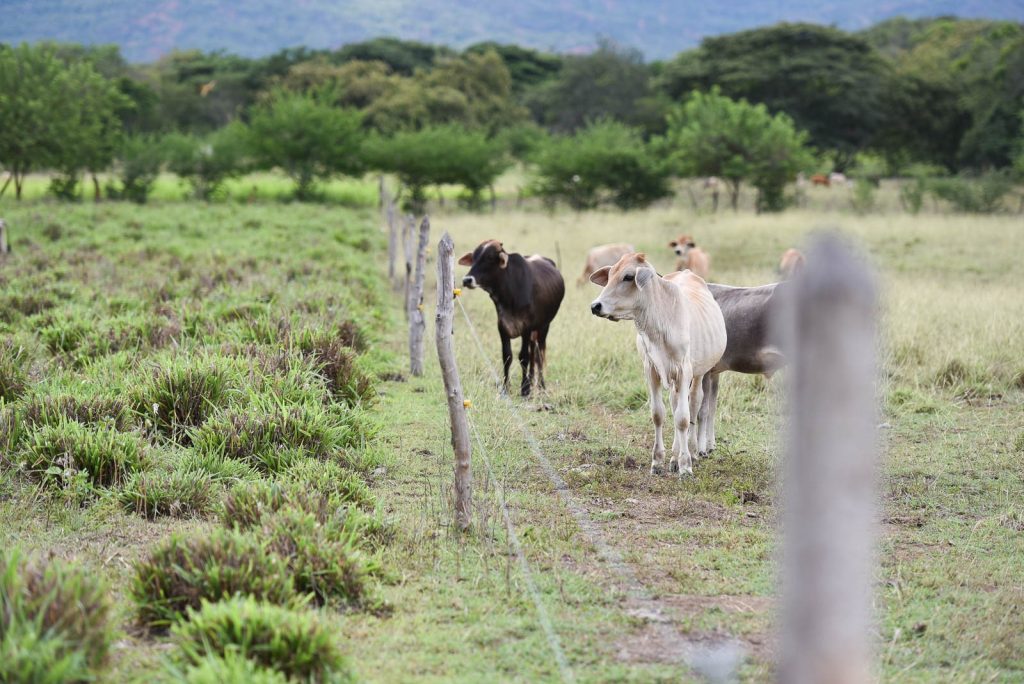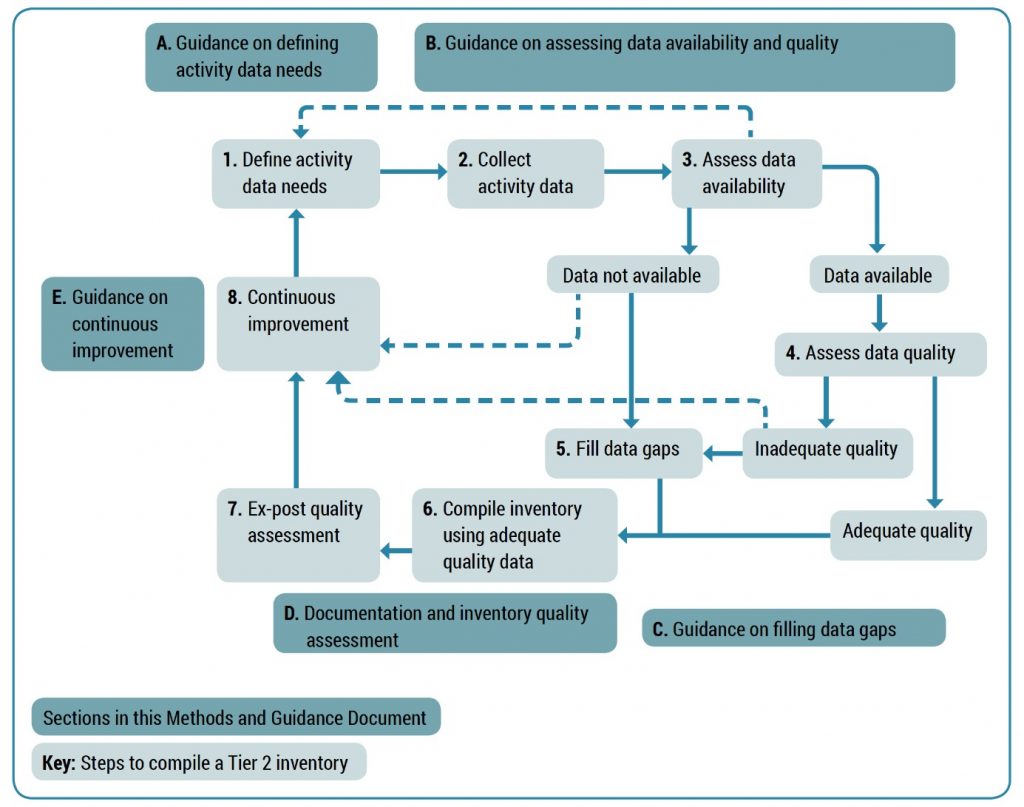New guidance launched to help countries track livestock emissions
New publication can help countries improve the accuracy of livestock emission estimates.
92 developing countries included livestock-related emissions as a target for mitigation in their Nationally Determined Contributions (NDCs). One of the biggest challenges to achieving mitigation in the sector is tracking emissions, for which national inventories are a key tool. However, systems for measuring and monitoring changes in livestock greenhouse gas emissions are under-developed in many countries. Challenges in compiling data about the activities related to livestock management is a primary barrier. Currently, most developing countries use the IPCC Tier 1 approach which can only reflect change in livestock numbers. Tracking reductions achieved through improvements in management and productivity requires a Tier 2 approach, which uses activity data to estimate emission factors. The problem is that Tier 2 approaches require more activity data, and a lack of good quality activity data is often perceived as a barrier to adopting a Tier 2 approach.

A new guidebook, jointly developed by the GRA, the CGIAR Research Program on Climate Change, Agriculture and Food Security (CCAFS), the Food and Agriculture Organization of the United Nations (FAO) and UNIQUE forestry and land use GmbH, provides practical methods for countries to compile the activity data used to implement the IPCC Tier 2 methodology. The purpose is to support countries to improve the accuracy of the livestock emission estimates in national GHG inventories, and thus enable countries to better set their NDC mitigation targets, and measure and report progress.
The guidebook provides an 8-step framework for countries to compile activity data (see Figure 1 below) and it helps answer questions such as how to define what data is needed; how to collect the data needed, and how to assess data availability and quality; how to fill data gaps; how to document the inventory and assess inventory quality; and how to plan for continuous improvement.

Each section contains:
- Practical guidance on the compilation of activity data
- Overview of related IPCC good practices guidance
- Useful tools for implementing the practical guidance
- Methodological guidance that explains issues affecting decisions about how to compile activity data
- Examples of how to implement the practical guidance
- Links to additional resources
The guidebook provides practical methods for assessing data availability and data quality, and for systematising available data and filling data gaps using methods consistent with the IPCC guidelines. Through worked examples of gap filling methods, the guidebook shows that an initial Tier 2 inventory can be compiled and used to identify priorities for data collection as part of a continuous improvement process.
The guidance was compiled around the same time as Kenya developed its first Tier 2 inventory for dairy cattle with support from the GRA, and several examples in this guidance are drawn from that experience. The guidebook is already being road-tested in other countries, and the experiences gained will contribute further methods and examples.
This guidebook fills a long-standing gap in learning resources dedicated to improving livestock greenhouse gas inventories. It shows that the lack of activity data is often more a perceived rather than a real barrier to adopting a Tier 2 approach. When first adopting a Tier 2 approach for livestock greenhouse gas emissions, there are few countries – including developed countries – where all the necessary livestock activity data are readily available and of good quality. Using the tools and methods explained in this guidebook, countries will be able to compile an initial Tier 2 inventory that is consistent with the IPCC guidelines, and prioritize the use of resources for continual improvement over time. This will help countries to comply with the agreements on transparency under the Paris Agreement, and will provide a better basis for identifying mitigation options and tracking change in emissions from the livestock sector.
To download the guidebook, see here.
Read more:
- Report: Measurement, reporting and verification of livestock GHG emissions by developing countries in the UNFCCC: current practices and opportunities for improvement.
- Summary: Livestock development and climate change: the benefits of advanced greenhouse gas inventories
- Resource portal: Tier 2 inventory approaches in the livestock sector: a collection of agricultural greenhouse gas inventory practices
- Website: MRV Platform for Agriculture
The Livestock Activity Data Guidance (L-ADG) was developed through a collaboration of the GRA, the FAO, UNIQUE forestry and land use GmbH and CCAFS.
